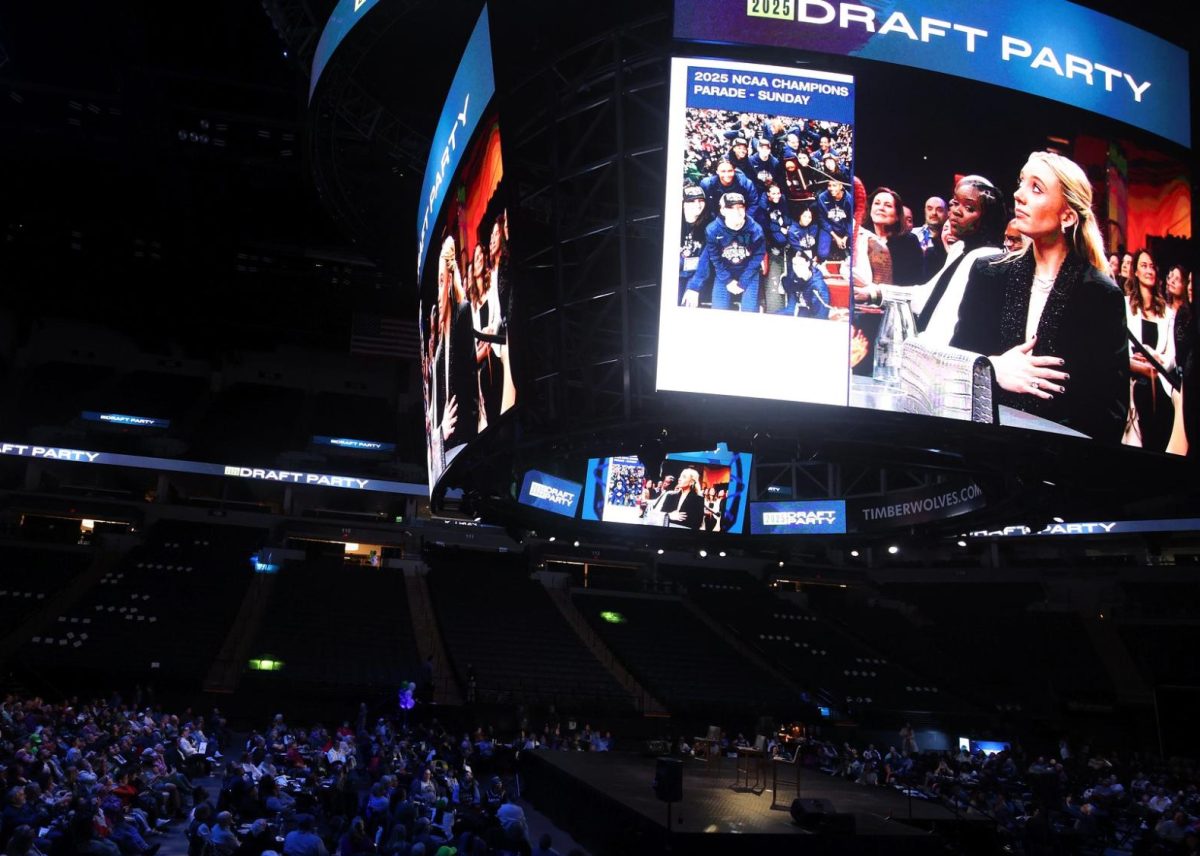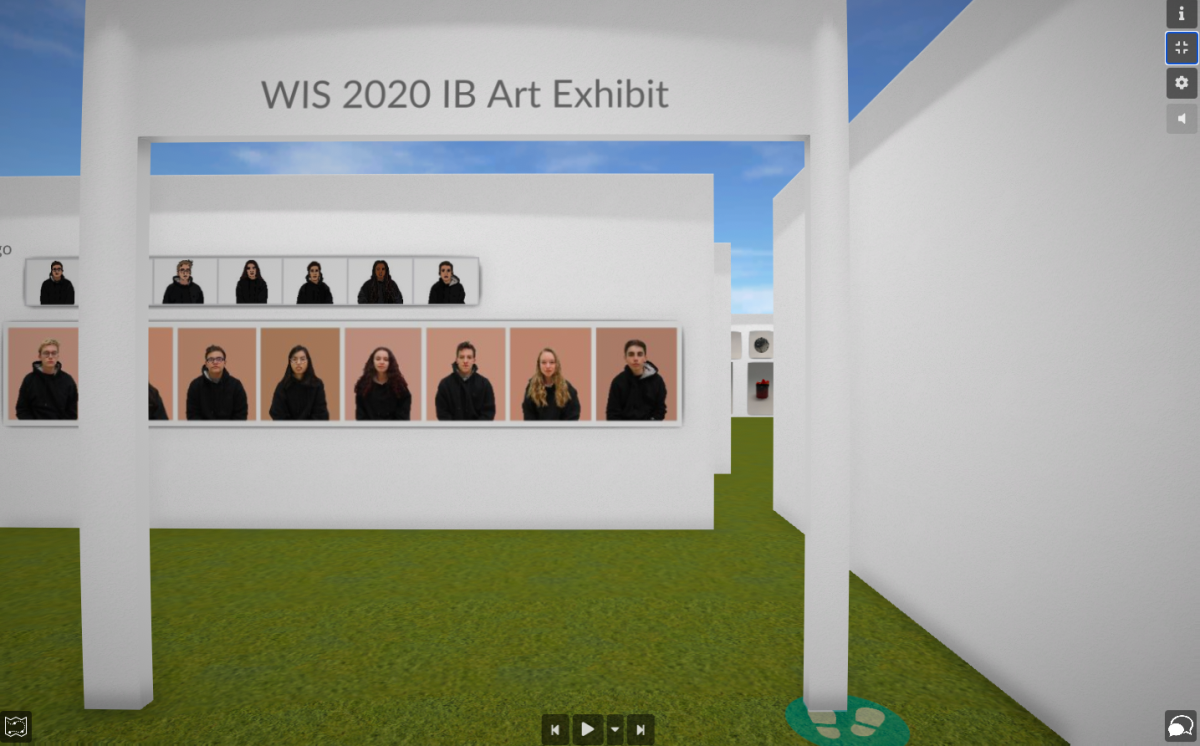At this time of the year, when students walk the halls of the AAA building, they usually see the walls lined with the work of IB Art students. With the new distance learning policy due to COVID-19, the senior IB Art class is facing a brand new challenge: transitioning the annual showcase of their two years of work online.
Traditionally, the IB Art course culminates in three assessments, both internal and external. Students must complete a comparative paper where they contrast the works of two artists, as well as submit a process portfolio of the art they have created throughout the two-year course. The final assessment, which makes up 40 percent of the students’ IB grade, is usually an exhibition of their artwork in the AAA building.
Unfortunately, this unexpected pandemic means that a physical display is no longer a possibility.
“[For the exhibition], each student creates a cohesive body of work based on their chosen theme or content. The work this year varies from Paintings, Sculptures, 3D prints, Digital Photography, installations and other art media and materials,” Middle and Upper School Art Teacher Praveen David said. David is currently teaching the senior IB Art class.
According to David, the IB has not made any changes in how they are grading. Rather than the physical exhibit, students need to send two gallery shots of their work, either a photo collage featuring each individual piece or a picture of the works arranged in one space.
While the IB has not significantly changed their requirements, students won’t be able to present their artwork in person and the WIS community won’t be able to experience the exhibition as they usually would. Due to this, Ye’Amlak Zegeye, a member of the senior class, is creating a virtual alternative. Her display will include a walk-through, during which “the art students will lead the viewer through their digital exhibition,” according to David.
Zegeye is using Artsteps, a software that “allows for users to create a 3D place.” She has never used this program before and has been experiencing some technical difficulties. “When submitting to IB you want to use images with the highest possible quality. These are the same images I am using for the exhibit so they take up a lot of space on my computer and take a while to upload onto the website,” Zegeye said.
While the virtual display ensures that the students and WIS community will still experience an exhibition to a degree, this transition to a virtual art exhibit impacts the art itself. “When we created our art pieces, we made them with the intent of them being experienced in person,” Zegeye said.
During the course, the students are constantly thinking about how the audience will experience their art from different angles, and this difference in point of view is erased in a virtual exhibit.
“There are also students who have 3D pieces and installations that a virtual experience can not do justice,” described Zegeye.
Senior IB Art student Chloe Gutnikoff agrees. Unlike many seniors in IB Art, Gutnikoff has prior experience exhibiting her artwork. She attended a program at the Hirshhorn Museum where she ultimately exhibited her work for a day. Gutnikoff added that although the virtual exhibit is a creative solution, it won’t allow for the same experience as an in-person exhibit.
“Viewing art in real life has such a big impact on human emotions and interactions with the artwork,” Gutnikoff said.
By Maia Nehme and Abigail Bown
































































